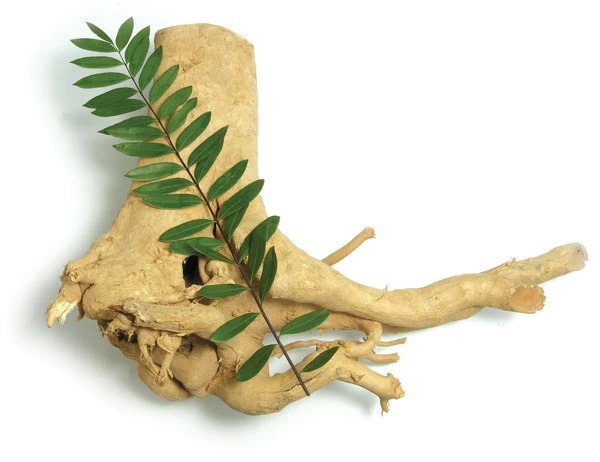Chemical pest control has become an integral part of pest management strategies, offering a quick and effective solution to various pest-related issues. In this article, we'll delve into the intricacies of chemical professional pest control, exploring its types, advantages, concerns, and best practices for implementation.
Understanding Chemical Pest Control
Chemical pest control involves the use of specific chemicals to manage and eliminate pests. These chemicals are designed to target pests while minimizing harm to humans, animals, and the environment. It's crucial to comprehend the nuances of this method to ensure its safe and effective application.
Types of Chemicals Used in Pest Control
Chemical pest control encompasses a variety of chemicals tailored for different pests and scenarios. The main categories include insecticides, herbicides, rodenticides, and fungicides. Each serves a specific purpose, offering a diverse toolkit for pest control professionals and homeowners alike.
Advantages of Chemical Pest Control
One of the primary advantages of chemical pest control is its ability to swiftly eradicate pests. Unlike some non-chemical methods, chemical solutions often provide rapid results, bringing relief to those dealing with immediate pest issues. The efficiency of these chemicals makes them a preferred choice in various situations.
Environmental Concerns
While chemical pest control is effective, it's essential to address its environmental impact. The release of chemicals into the ecosystem raises concerns about pollution and harm to non-target species. Responsible use, adherence to regulations, and awareness of environmental implications are crucial aspects of chemical pest control.
Safety Measures for Chemical Pest Control
To mitigate risks associated with chemical pest control, strict safety measures must be observed. Professionals and individuals alike should use appropriate protective gear, follow application guidelines, and be aware of potential hazards. Education on safe practices is pivotal in minimizing adverse effects.
Common Chemical Pest Control Products
A myriad of chemical pest control products is available in the market, each designed for specific pests and applications. From insecticides targeting mosquitoes to rodenticides for mouse control, understanding the range of products enhances the efficacy of pest control efforts.
Application Methods
Chemical pest control can be administered through various methods, including spraying, fogging, and the use of baits and traps. The choice of method depends on factors such as the type of pest, the environment, and the severity of the infestation. Tailoring the approach to the situation ensures optimal results.
Integration with Other Pest Control Methods
While chemical pest control is powerful on its own, combining it with other methods enhances overall effectiveness. Integrating chemical and non-chemical approaches creates a comprehensive pest management strategy, addressing the root causes of infestations for long-term solutions.
Cost Considerations
Understanding the cost implications of chemical pest control is crucial for individuals and businesses alike. While chemical solutions may seem more expensive initially, their quick results and long-lasting effects often make them cost-effective in the long run. Factors such as the size of the area to be treated and the type of pests targeted influence overall costs.
Effectiveness in Different Environments
Chemical pest control finds applications in various settings, from residential homes to vast agricultural fields and industrial spaces. Its adaptability and versatility make it a valuable tool for addressing pest issues in diverse environments.
Alternatives to Chemical Pest Control
For those concerned about the environmental impact or seeking alternative methods, organic and biological pest control options exist. These methods leverage natural elements to manage pests, providing eco-friendly alternatives to chemical solutions.
Myths and Misconceptions
The realm of chemical pest control is not without its share of myths and misconceptions. Addressing these misunderstandings is crucial for fostering informed decision-making and dispelling unfounded fears associated with chemical pest control.
Case Studies
Real-life examples showcase the effectiveness of chemical pest control in diverse scenarios. From agricultural success stories to residential pest management, these case studies provide insights into the practical application of chemical solutions.
Conclusion
In conclusion, chemical pest control is a powerful tool in the arsenal of pest management strategies. When used responsibly and in conjunction with other methods, it proves to be an efficient and reliable solution to pest-related challenges. By understanding its intricacies, following safety measures, and considering alternatives, individuals and professionals alike can harness the benefits of chemical pest control while minimizing environmental impact.
FAQs
Is chemical pest control safe for pets and children?
- Most chemical pest control products are designed to be safe when used according to guidelines. However, it's crucial to keep pets and children away during the application and follow any specific recommendations provided.
Are there eco-friendly alternatives to chemical pest control?
- Yes, organic and biological pest control methods offer eco-friendly alternatives. These methods use natural elements to manage pests without the use of chemical substances.
How long does it take for chemical pest control to show results?
- The timeframe for results varies depending on factors such as the type of pest, the severity of the infestation, and the chosen chemical product. In many cases, results can be seen within a few days.
Can I apply chemical pest control on my own, or should I hire a professional?
- While some products are designed for consumer use, it's advisable to consult with a pest control professional for a thorough assessment and tailored recommendations.




